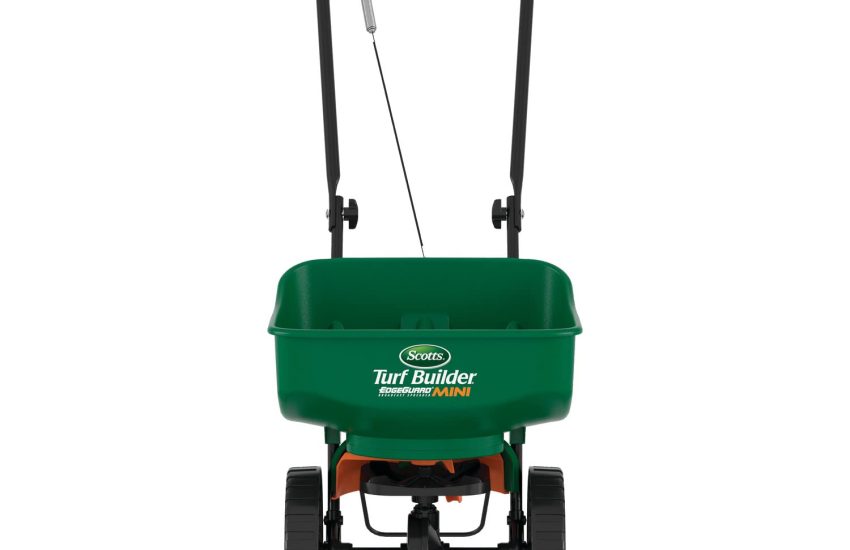Garden Safe TakeRoot Rooting Hormone Review: Effective Rooting Aid?
We independently select all products and services. If you click through links we provide, Plant Native may earn a commission with no extra cost to you.
Trying to grow new plants from cuttings can be tricky. We tested the Garden Safe TakeRoot rooting powder to see if it actually helps.
After using it on a bunch of plants, we saw it really does promote root growth, especially for the usual home and garden varieties. The powder’s easy to apply and worked well across different cuttings, though honestly, the instructions could be clearer for beginners.
Bottom Line
If you want to grow plants from cuttings, this rooting powder is a solid option. It supports root development and works on many popular plants.
Overview of Garden Safe Brand TakeRoot Rooting Hormone
We used this rooting hormone powder to grow new plants from cuttings and got good results with common garden plants like African violets and geraniums. The powder form made it easy to apply—just dip the moist cut ends.
It helps root development by using an ingredient that mimics what plants use naturally. We noticed roots grew faster.
The directions tripped us up at first, so you’ll want to read them carefully. The 12-count packaging lasts a long time, which is handy for multiple projects.
Key Features
When working with cuttings, having the right rooting aid makes a difference. This product helped our plants get established faster and stronger.
Promotes Rapid Root Growth
We noticed the powder helped new roots form quickly on most cuttings. It didn’t just speed things up—it encouraged thicker, healthier roots.
This made a noticeable difference for slow-rooting plants like woody stems. If we applied too much, though, some cuttings looked a bit stressed before roots took hold.
Suitable for Diverse Plant Varieties
The formula worked well on a wide range of plants—from indoor favorites like African violets and philodendrons to outdoor roses and geraniums. This versatility helped since we like to propagate all sorts.
Very delicate plants seemed to need less powder to avoid overdoing it.
Easy Application Process
The process is simple but needs some attention. We moistened the cut ends, dipped them into the powder, and tapped off the extra.
This method avoided clumps and got decent coverage. Beginners might need a couple tries to figure out how much powder to use, but overall, it stayed clean and wasn’t too messy.
Contains Indole-3-Butyric Acid
The active ingredient, indole-3-butyric acid, is a rooting hormone found in plants. This gives the product an edge by mimicking what plants use to form roots.
Our cuttings showed positive growth patterns with this effect, so the science checks out.
Pros and Cons
We found some clear advantages and a few drawbacks with this rooting powder. Here’s what stood out to us.
Pros
- Effective in Rooting: Most cuttings—especially harder stems—grew roots faster than without treatment.
- Easy to Use: The powder form made it simple to apply directly to cuttings.
- Multiple Pack: With 12 packets, you can try lots of propagation projects.
- Versatile: It worked well on a variety of plants, from houseplants to garden types.
- Long-Lasting: The powder doesn’t spoil quickly, so it lasts a while.
Cons
- Instructions Could Be Clearer: The directions confused us at first, which might slow down beginners.
- Results Vary: Some plants took longer to root, so it’s not a guaranteed win every time.
- No Immediate Signs: You can’t always tell if it’s working until roots show up, which can be frustrating.
- Powder Can Clump: Sometimes, the powder wasn’t as fine as we hoped, making it harder to coat cuttings evenly.
Customer Reviews
We noticed a lot of users appreciate how well this rooting powder helps plants start new roots. It works for a wide range of cuttings, from small to large stems, making it handy for gardeners who like to propagate different varieties.
Many people saw good results when following the instructions closely. Some found the directions a bit confusing at first, which made it harder to know if it was working.
A handful of users didn’t see results right away, but that often depends on the type of plant or conditions.
Pros:
- Effective on various plant types
- Easy to use once directions are understood
- Helps bigger stems root well
Cons:
- Directions could be clearer
- Results may take time to appear
Tips for Successful Plant Propagation
When we use rooting powder like this, the key is prepping the cutting right. We always make sure the cut end is fresh and a little damp before dipping it into the powder.
Tapping off extra powder avoids clumps that might block root growth. Planting the cutting in well-draining soil and keeping it misted helped a lot.
We noticed that warmth and indirect light sped up rooting for us. Patience matters—some cuttings just take longer, even with the hormone.
The powder sticks well but can be messy, so handle it carefully. It supports most common houseplants and garden cuttings when used right.
After using TakeRoot powder for several weeks, we noticed it actually boosts root growth on all sorts of cuttings.
It gave our plants a decent head start, especially with those stubborn, woody stems that usually drag their feet when rooting.
But honestly, the directions could use some work.
Some folks might scratch their heads at first, wondering exactly what to do.
Still, this rooting hormone feels like a solid pick for gardeners who want to multiply plants without a ton of trial and error.
Pros:
- Works on a bunch of plant types
- Helps root tougher, thicker stems
- Handy package, good for more than one use
Cons:
- Instructions aren’t super clear
- Results can really depend on how closely you follow the directions
If you like propagating plants, it’s probably worth a shot.



